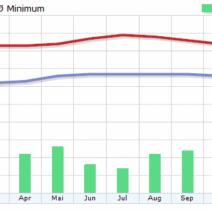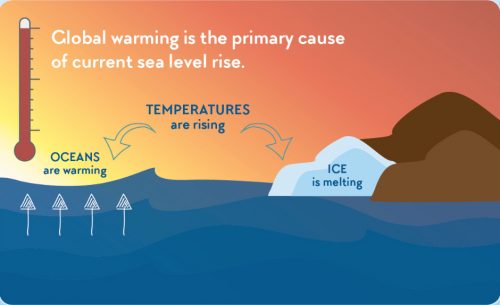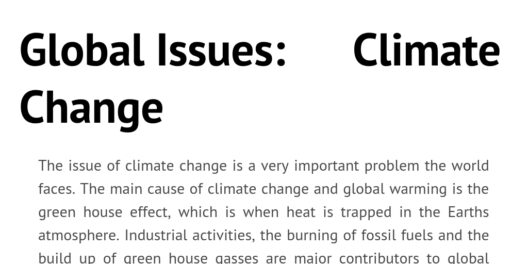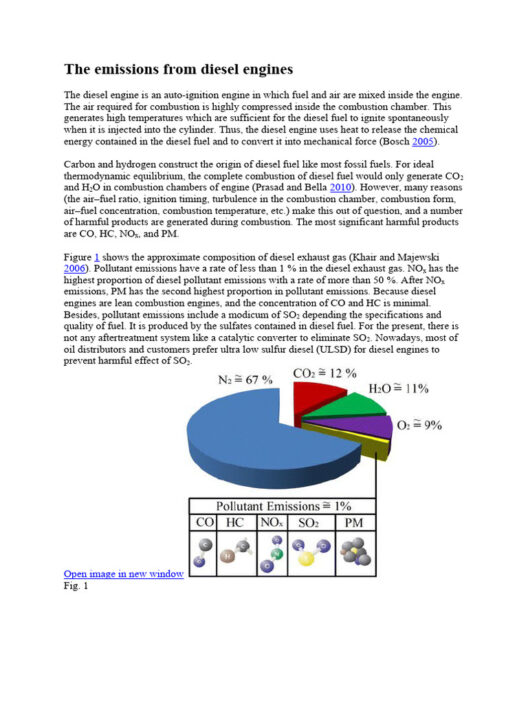Climate change is often viewed as an abstract, distant phenomenon—an ominous specter lying in wait, ready to unveil its consequences. However, the reality of this insidious transformation is tangible, especially when it comes to natural disasters like hurricanes. The connection between climate change and the frequency and intensity of hurricanes, once thought to be merely speculative, is now substantiated by a wealth of scientific data. At the heart of this interaction lies a critical factor: ocean heat.
As the Earth’s temperature continues to rise, primarily due to human activities, the world’s oceans are absorbing an overwhelming amount of that heat. This relentless warming not only modifies the physical properties of seawater but also catalyzes a series of events that may lead to more potent and destructive hurricanes. To understand this intricate relationship, it is essential to explore how climate change amplifies hurricane formation and intensity through elevated ocean temperatures.
First, consider the mechanics of hurricanes. These colossal storms are born from low-pressure systems over warm ocean waters, typically exceeding 26 degrees Celsius (about 79 degrees Fahrenheit). The initial ingredients for hurricane formation include warm seawater, moist air, and sufficient wind patterns. When these factors converge, they create an environment reminiscent of boiling water, feeding a growing storm system with energy.
In a warming world, the oceans are heating up precipitously. Studies indicate that the upper layers of the oceans—the breeding grounds of hurricanes—are absorbing heat at an alarming rate. This warming not only provides the essential energy for hurricanes but also influences the overall dynamics of these storms. Warmer ocean temperatures can enhance evaporation rates, introducing more moisture into the atmosphere. This increase in humidity can significantly fuel a hurricane’s power, much like adding gasoline to a roaring fire.
The implications of this phenomenon are profound. An increase in the intensity and frequency of hurricanes poses a dire threat to coastal and low-lying regions. As cyclones become more potent, they have the potential to unleash unparalleled destruction upon communities, ecosystems, and economies. The catastrophic hurricanes that have ravaged coastal towns in recent years serve as harbingers of a future shaped by climate change. They remind us that our relationship with nature is tumultuous and that actions have consequences.
Furthermore, the connection between climate change and hurricanes is not solely about intensity; it is also intertwined with their behavior. As ocean temperatures rise, it is evident that hurricanes are becoming slower, stalling over regions and exacerbating flooding. This phenomenon transforms them into behemoths of devastation, lingering over areas like a predator savoring its prey. The very character of these storms changes—once quick to whip through, they now drag their destructive tails across coastlines, contributing to excessive rainfall and surging tides.
As if written in the stars, the patterns of differing storm tracks are beginning to emerge. Hurricanes previously thought to follow predictable paths are deviating with increased unpredictability. Climate change, acting as an unseen hand, is altering the atmospheric jet streams that dictate these tracks. This has led to more erratic behavior, with storms striking unsuspecting regions or retracing their steps, causing damage long after their initial impact.
Moreover, as the seas warm, the implications extend far beyond the immediate storm threats. Rising ocean temperatures contribute to the phenomenon known as “ocean stratification,” whereby the layers of water become increasingly distinct. This stratification can impede the mixing of nutrients vital to marine ecosystems, leading to consequences that ripple through the food web. Fisheries suffer, aquatic life diminishes, and communities reliant on these resources face economic challenges. In this twisted cycle, the very ecosystems that would normally buffer against storm impacts become compromised.
The evidence is irrefutable: climate change has perennial ramifications for storm intensity and behaviors. The modern world, ensconced in the comforts of technology and advancement, often overlooks the voracious hunger of nature, compelled to express its displeasure through catastrophic storms. It is imperative, then, that society takes heed of the warnings encoded within these meteorological events and embraces a holistic understanding of the interconnectedness of climate and disaster.
In the quest for solutions, complacency and inaction can no longer prevail. The imperative of transitioning to renewable energy sources is paramount. By reducing greenhouse gas emissions, society can ameliorate the entrenched trajectory of climate change, consequently alleviating the warming of our oceans. Legislation advocating for sustainability and the conscientious use of resources is necessary to protect both current and future generations from the wrath of nature.
In conclusion, as our planet grapples with the harrowing consequences of climate change, the relationship between it and hurricanes stands as a testament to humanity’s fragility. The dance of the storm, orchestrated by the warmth of the seas and the rhythms of the atmosphere, reveals a profound truth: we are intricately linked to the very elements that threaten our existence. To foster a future where hurricanes do not preside over our lives as relentless tyrants, we must embrace change, advocate for sustainable practices, and renew our mutual connection with the planet. Only then can we hope to temper the storm and mitigate the looming thrall of climate change.







